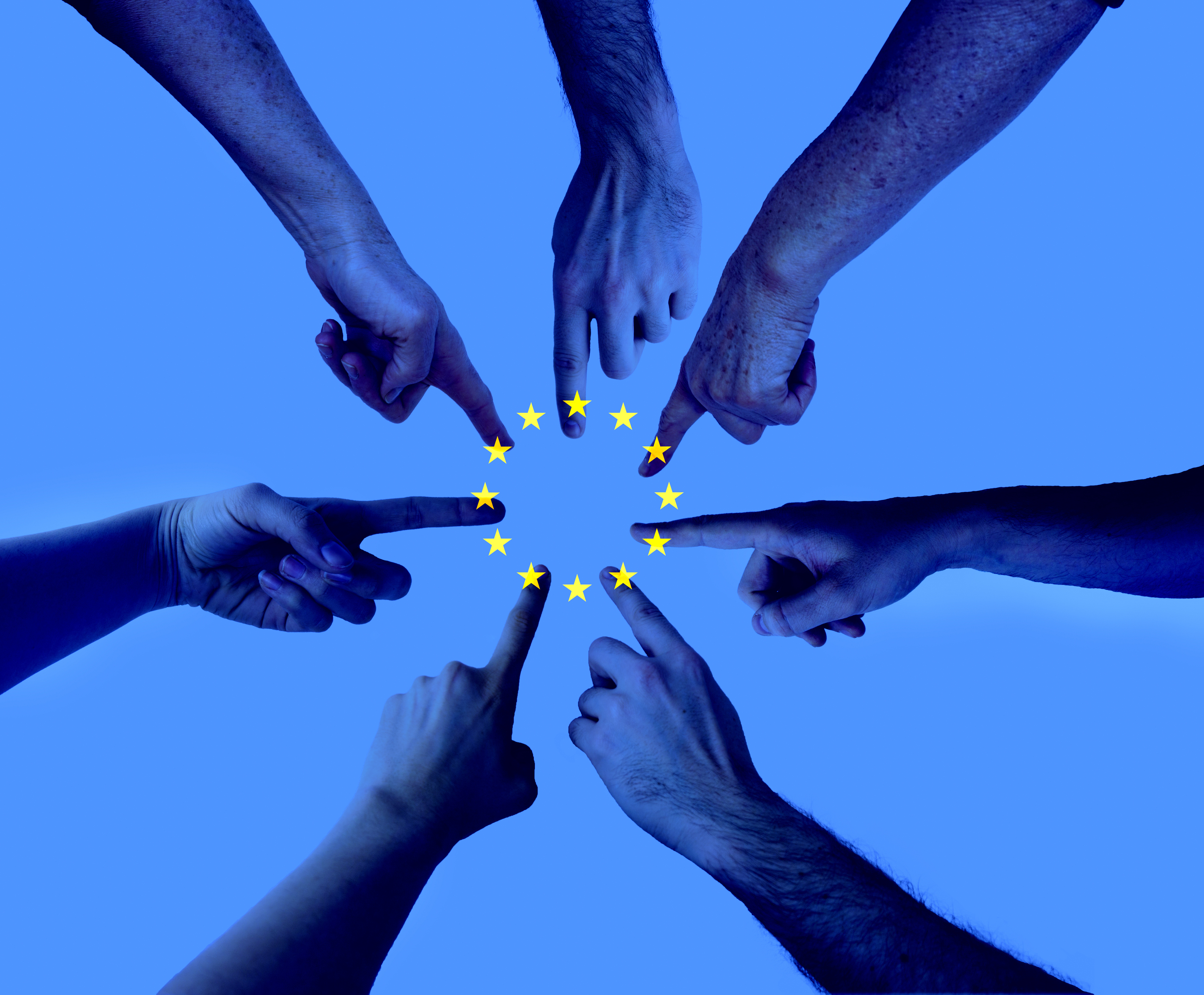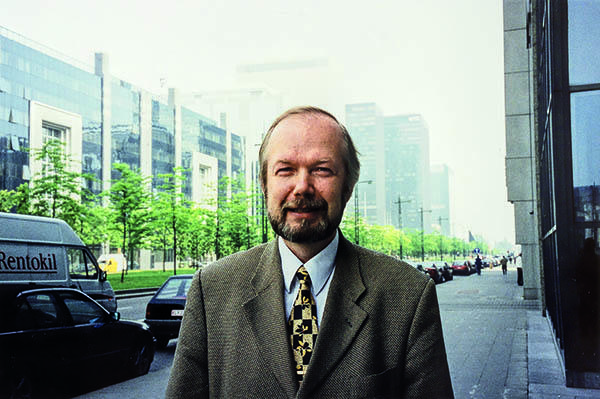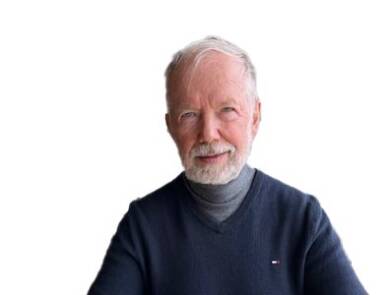
The Early Days of the Finnish Trade Unions’ European Advocacy
BlogEuropean advocacy by the trade unions began to take shape in the early 1970s. Under the umbrella of the European Trade Union Confederation (ETUC), which was founded in 1973 by several national confederations from EU countries, sector-specific European trade union secretariats started to emerge in the 1980s. Through these structures, many Finnish trade unions gained the opportunity to follow EU-level decision-making.
Traditional Nordic cooperation also remained an important window into international advocacy for Finnish trade unions.
In Finland, unions in the industrial sector had gained practical experience with the operations of multinational companies. Especially during the 1980s, Finnish companies began expanding their activities abroad. This development increased the need for cross-border cooperation among trade unions. I experienced this firsthand while working as a lawyer for the Chemical Workers’ Union from 1979, and later as its president from 1984, when Finnish chemical companies increasingly began investing abroad.
TEPE – The European Project of Finnish Industrial Trade Unions
By the late 1980s, Finnish industrial unions saw the need to prepare for the emergence of the European internal market. In 1989, we decided to establish the European Project of Finnish Industrial Trade Unions, or TEPE. It included 11 trade unions. The aim was to analyze the development of the European Communities into a more integrated internal market and its implications for Finnish industrial workers. Lawyer Pekka O. Aro was hired to lead the project. In addition to my role as president of the Chemical Workers’ Union, I also chaired the TEPE project.
In May 1992, we published a report concluding that Finland’s accession to the European Economic Area (EEA) or the European Communities (EC) would not weaken the rights of Finnish workers. This conclusion was based on extensive discussions and investigations both within Finland and among the European trade union movement. My interest in developing European cooperation and advocacy became firmly established.
From EU Project to Confederations and Brussels
In 1991, the industrial unions’ EU project was transferred to the national trade union confederations. Initially led by Pekka O. Aro, and later by Pekka Ahmavaara, the project — now called KEY (European Cooperation of Central Organizations) — was relocated to Brussels in spring 1995.
In the summer of 1995, I was offered the position of leading KEY-Finland in Brussels when the role would become vacant in 1996. The governing bodies of the Finnish trade union confederations approved my appointment in October 1995.
My work in Brussels began on July 1, 1996. The office location was well chosen. Pekka Ahmavaara had built a strong network and hired an excellent assistant, Aila Seppälä. Internet-based communication systems were developing rapidly, making information gathering and email distribution increasingly efficient. Communication became even more streamlined.
The first Finnish EU Commissioner, Erkki Liikanen, and Finland’s EU Ambassador, Antti Satuli, organized monthly confidential background briefings for Finnish interest group representatives, and the cooperation worked very well. We had good connections with many Finnish officials in various EU institutions, as well as with Finnish Members of the European Parliament and their assistants. Cooperation between national trade union offices from different countries was close and beneficial, and interaction with European trade union organizations located in the same building was also strong.

Optimism and Enthusiasm in the EU
My time as Director coincided with the early years of Finland’s EU membership — a period I now recall as exciting and full of promise. There was a strong belief in deeper cooperation between Member States and positive economic development. For workers, it was encouraging that employment and workers’ rights were becoming increasingly important themes.
Dozens of visitor groups from Finland came to Brussels during those years, giving us opportunities to present current EU developments. These meetings were always fruitful and helped refine our own assessments of different aspects of integration. They are everlasting positive memories.
It has since been somewhat saddening to witness the serious setbacks faced by European cooperation — the Euro crisis and Brexit, for instance. The rise of nationalism in various member states and beyond has undermined citizens’ trust in the benefits of cooperation. I can imagine that many of my successors have at times found the work demanding and less rewarding.
Nevertheless, it’s important to remember the fundamentals: the European Union is a peace project meant to generate growing prosperity for all its Member States and their citizens. Together we can always achieve more than we can as isolated nation-states. History offers many lessons to support this truth.

